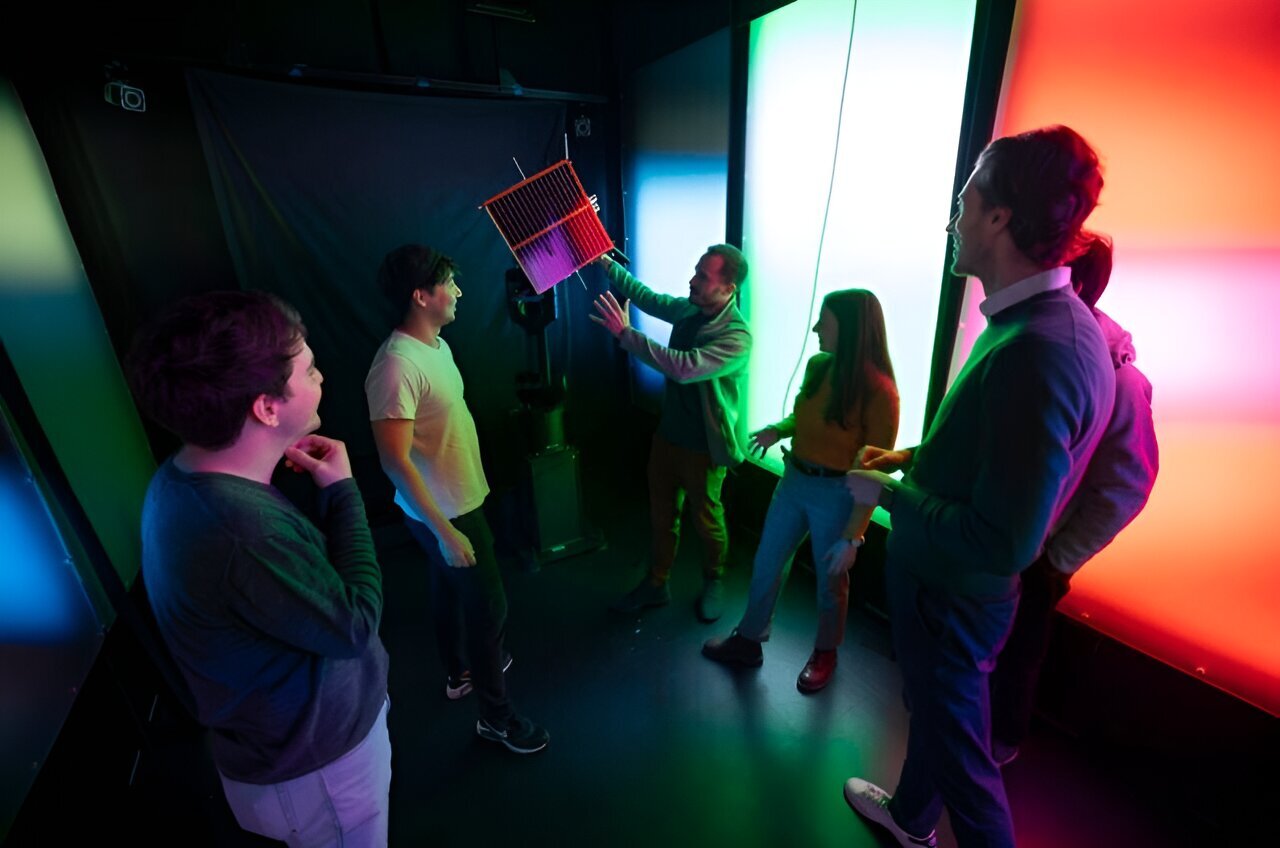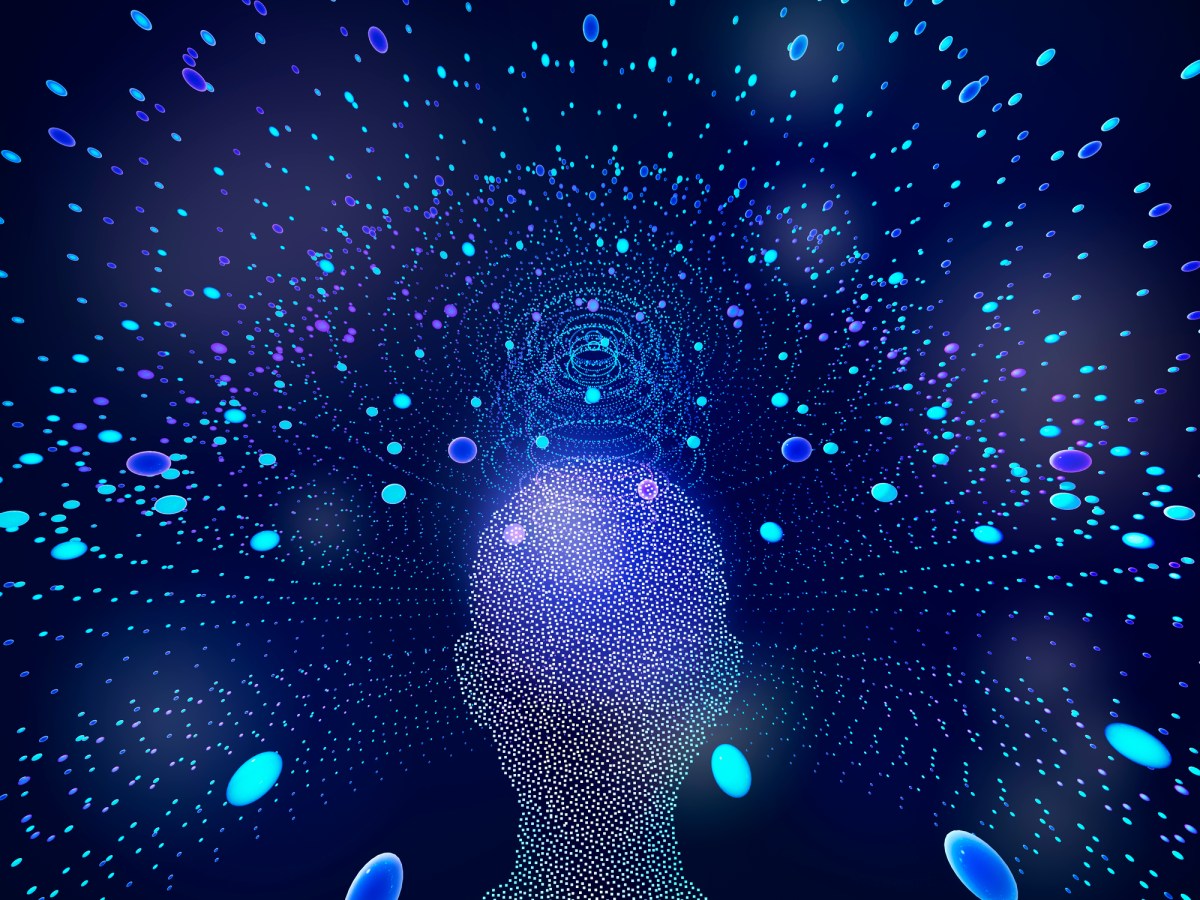Researchers at the Stanford Center for AEroSpace Autonomy Research (CAESAR) have developed a robotic testbed capable of simulating the movements of autonomous spacecraft. This innovation aims to enhance the safety and efficiency of space travel by leveraging autonomous control systems.
Space exploration poses significant challenges in terms of complexity, cost, and risk. The precision required during spacecraft docking operations is crucial, as even a minor error could result in the failure of a mission worth billions of dollars. To address these challenges, aerospace engineers are exploring the potential of autonomous control systems similar to those used in modern vehicle navigation.
Presented at the IEEE Aerospace Conference in March 2024 and detailed in a paper published on the preprint server arXiv, the team at Stanford University introduced ART—the Autonomous Rendezvous Transformer. This AI-powered framework is designed to expedite the planning of safe and optimal trajectories for spacecraft approaching each other or docking. The development of ART represents a significant advancement towards ensuring the reliability and safety of autonomous space travel.
The complexity of trajectory optimization for autonomous systems, especially in the unique constraints of space environments, necessitates innovative solutions. By integrating artificial intelligence into the trajectory optimization process, the researchers have demonstrated a more efficient and effective approach to mission planning.
The collaboration between the Autonomous Systems Lab and the Space Rendezvous Lab under CAESAR showcases the interdisciplinary nature of this research. The Autonomous Systems Lab focuses on developing methodologies for autonomous systems across various domains, while the Space Rendezvous Lab explores advanced concepts for collaborative space missions involving multiple spacecraft.
The Autonomous Rendezvous Transformer introduces a novel concept of using AI-generated trajectory candidates as a “warm start” for traditional optimization algorithms. This approach not only accelerates the trajectory planning process but also maintains the required safety standards for space missions.
Looking ahead, the researchers aim to refine and further test ART in realistic experimental settings provided by CAESAR. By incorporating additional AI and machine learning components, they seek to enhance the capabilities of ART for future space missions. While the journey towards deploying the Autonomous Rendezvous Transformer in space is challenging, the potential benefits for space exploration are substantial.
In conclusion, the integration of artificial intelligence into trajectory optimization represents a significant milestone in advancing the safety and efficiency of autonomous space travel. The ongoing research at CAESAR underscores the commitment to innovation and excellence in aerospace autonomy.










